Art of the deal: Player agents expose NRL club’s dirty tactics, three mega deals that escaped the squeeze
Player agents have accused NRL clubs of dirty negotiating tricks in their bid to “lowball” the code’s top stars. A CODE Sports exclusive survey reveals the cunning practices used to secure a bargain — and how some mega deals escaped the squeeze.
NRL
Don't miss out on the headlines from NRL. Followed categories will be added to My News.
Leading player agents have accused NRL clubs of dirty negotiating tricks by blaming salary-cap pressures in their bid to “lowball” the code’s top stars.
An exclusive agents survey conducted by Code Sports has lifted the lid on the cunning practices clubs use to sign NRL players for the cheapest price possible.
But three mega deals for Jason Taumalolo, Dylan Brown and Tino Fa’asuamaleaui — totalling $35 million in value — are evidence agents are driving a hard bargain at the negotiating table to maximise career earnings for their players.
The player market has been turned on its head over the past eight years with a slew of industry record deals as the increase of the salary cap triggers monster offers.
In 2017, Jason Taumalolo made history by signing a 10-year, $10 million contract. His manager, Chris Orr, of Pacific Sports Management, became the first agent in NRL history to broker a $1 million-a-season contract.
It was the same agency that turned Jordan Mailata from a 158kg South Sydney reject to an NFL star, leading to his head-spinning $100 million deal with Philadelphia.
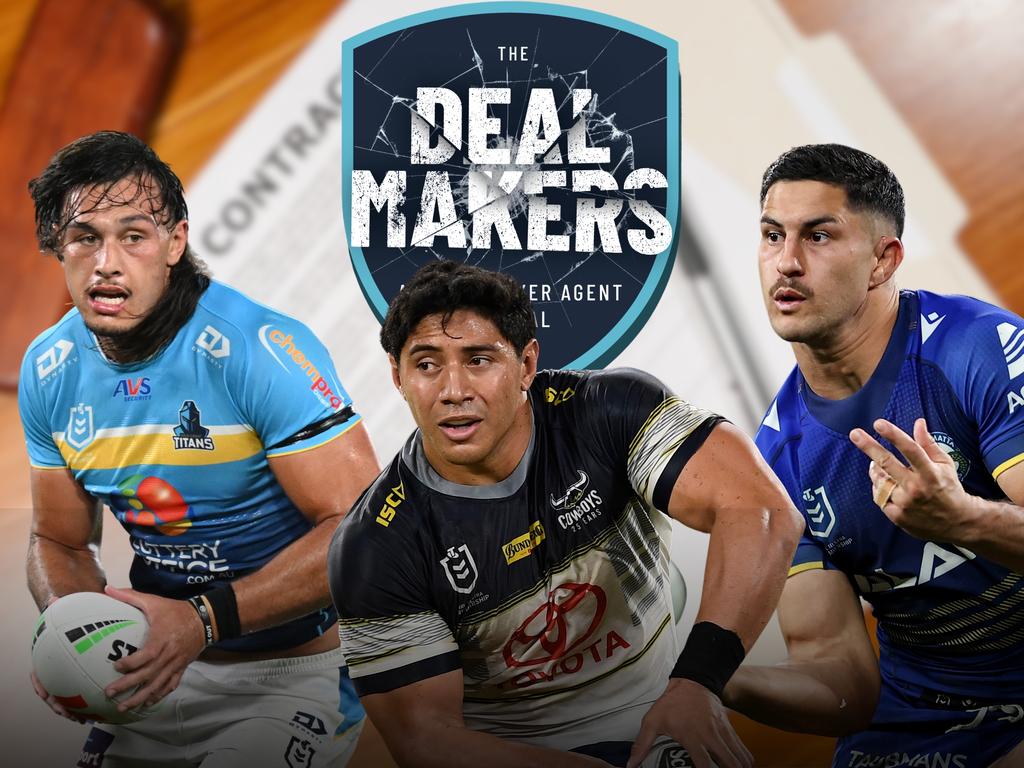
A month after Mailata celebrated Super Bowl supremacy this year, PSM brokered another landmark deal, securing a 10-year, $13m deal with Newcastle for Parramatta Eels pivot Brown.
That deal eclipsed what was previously the richest deal in NRL history — the 10-year, $12 million bonanza Queensland Origin star Fa’asuamaleaui signed with the Titans in 2023.
But the art of constructing the mega deal is not as easy as it may seem in an era where desperate clubs do desperate things — even risking blowing their salary cap — in the desperate pursuit of NRL glory.
Of the 52 agents surveyed, 36 per cent say money is the most significant factor in a player’s decision to move clubs.
But that motivation often conflicts with the ideologies of NRL clubs, whom agents claim attempt to short-change players to get the best bang for their buck.
“Clubs think they can lowball you and still expect respectful negotiations,” one agent said in the confidential Code Sports survey.
Another manager added: “Teams always use the salary cap as an excuse to pay unders.”
A third agent said: “Salary cap is the usual answer when negotiating a better financial deal for your client. It’s an easy out for clubs.
“Obviously the calibre of client assists the negotiations.”
Other reasons that influence a player’s decision to move clubs, according to agents, is the coaching staff (19.2 per cent), team culture (11.5 per cent) and premiership potential (9.6 per cent).
THE GAME-CHANGING TAUMALOLO DEAL
In the case of Taumalolo, there were few better blue-chip clients. Alongside champion Cowboys playmaker Johnathan Thurston, the other ‘JT’ were the kings of Townsville.
The 115kg wrecking ball had the hot hand at the end of 2016. Taumalolo was a joint winner of the Dally M Medal with Cooper Cronk and in his prime at age 23. Orr went for the jugular, suggesting a monstrous 10-year contract term.
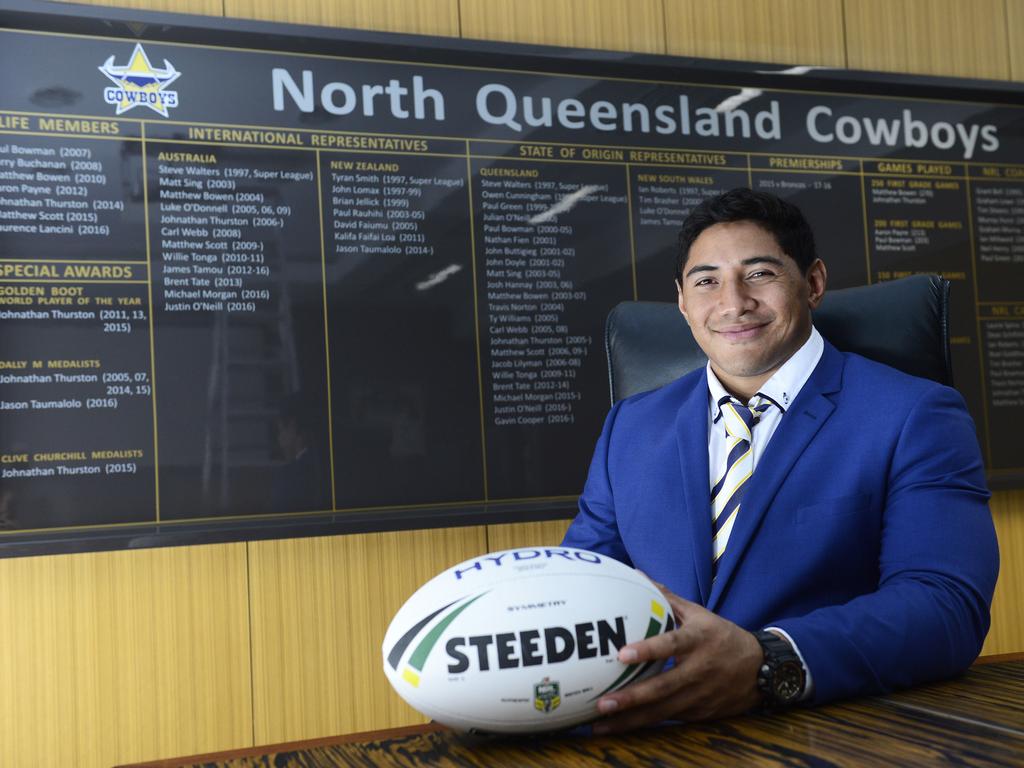
It was an unfathomable request at a time when four or five-year deals were considered risky investments by NRL clubs, but Orr argued the Cowboys had a generational talent in Taumalolo.
Cowboys chairman Laurence Lancini and football boss Peter Parr mulled over the deal. They ultimately backed it with the imprimatur of the Cowboys board.
Now 31, Taumalolo has another two years to run on the deal, which expires in 2027.
The Cowboys have since copped brickbats for agreeing to the decade-long deal, with Taumalolo having battled a knee injury for the past two years, but Orr scoffs at suggestions he hoodwinked the club.

“The 10-year deal for Jason was groundbreaking for the NRL,” Orr said.
“We copped a lot of criticism even back then, but ultimately the most important thing for any rugby league player is long-term security.
“It’s our job to help the players set themselves up for life after football, to invest wisely, and find ways for players to look after themselves when their bodies don’t look after them in retirement.
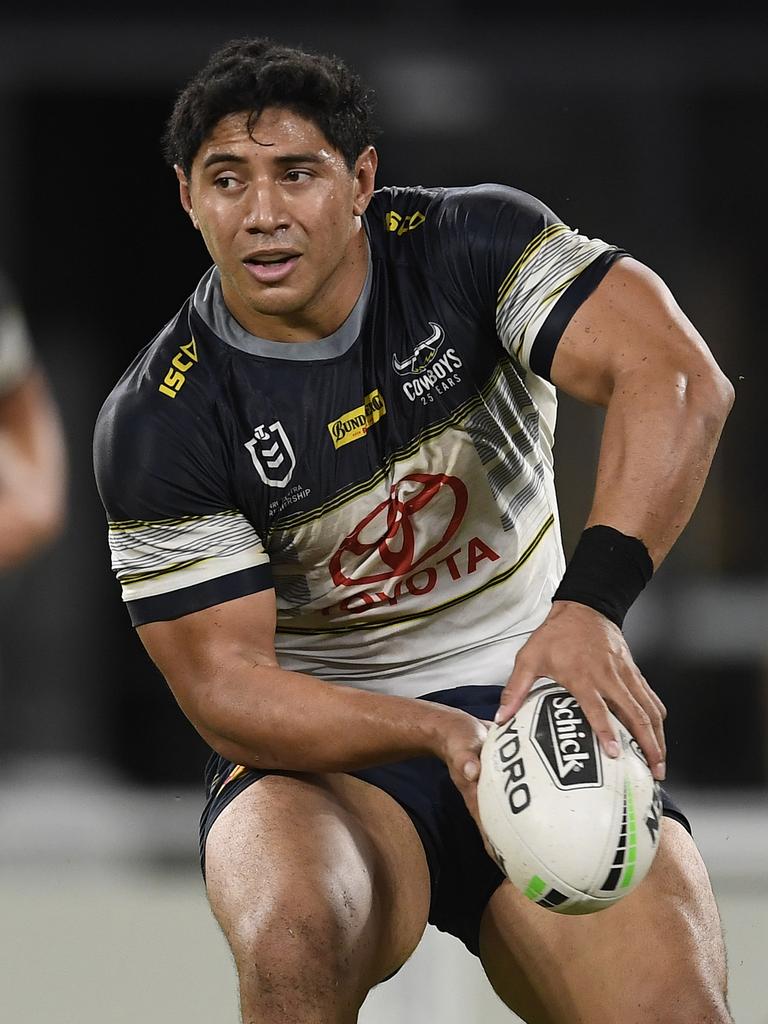
“Jason had some plans around where he wanted to go post his career, but he is also playing in the middle of the field in the most aggressive and brutal sport in the world.
“Jason plays in the toughest position in rugby league. Usually it’s just him charging into the line against three or four opponents waiting to bash him.
“A contract like that gave him not only security, but the chance to invest his money wisely and also gave him borrowing power with financial institutions to buy some property.
“Some of these guys might only have a five-year career span or one big contract. Most Australians will work for 30 or 40 years with no threat to their physical wellbeing that comes with playing a contact sport like rugby league.
“Jason has provided an unbelievable amount of entertainment to millions of fans around Australia and other countries, so why shouldn’t he be rewarded for his talent.”
AGENTS’ REPUTATIONAL DAMAGE
Orr bristles at the superficial view of agents — that they operate ruthlessly, and sometimes unethically, with a single-minded, show-me-the-money attitude.
“I think people in club land would like to blame a lot of their mistakes on agents,” Orr says.
“An NRL club doesn’t get their roster right or a player leaves or a recruiter makes a poor signing, and suddenly the agent gets blamed.
“I laugh at criticism of what NRL players get paid. It’s a drop in the ocean compared to the NFL.
“A first-round pick in the NFL a few weeks ago (New York Giants signing Abdul Carter) just got a guaranteed $45 million deal ... straight out of college.”
INSIDE TINO’S RECORD CONTRACT
Fa’asuamaleaui’s $1.2 million a season deal was brokered over a series of high-powered meetings. But what could have been a complex task was mitigated by the Titans’ desire to unearth a franchise player. Big Tino was right on the doorstep.
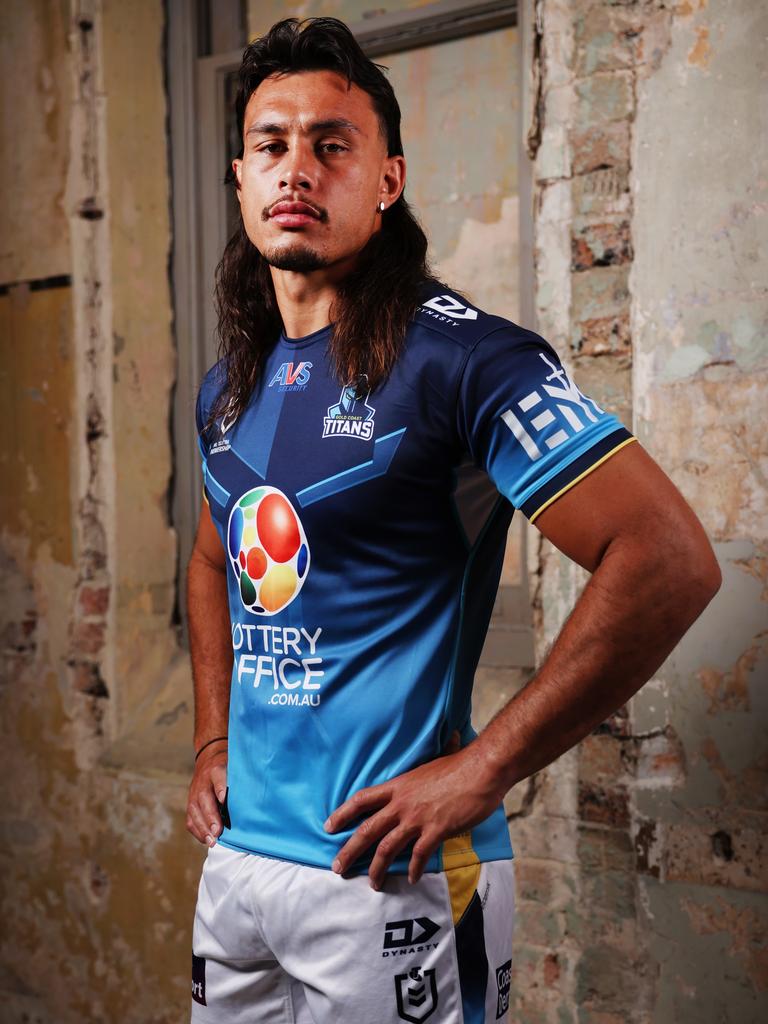
“It wasn’t a difficult process because they had the player — and it can only be done with the right player,” said Fa’asuamaleaui’s agent Simon Mammino.
“It was my idea. I organised a meeting with the Titans owners and said ‘this is where your club is at, this is where Tino is at and he wants to commit long term’.
“I suggested the 10-year term. They were open to it. They needed to have a few meetings about it because it was such a big deal, but the Titans were very good about it.
“They saw there was a lot of money but they saw the investment in Tino as an ambassador for their club, not just a player. I sold that point.
“I never thought as an agent I would broker a 10-year deal.
“It has to be the right player for the right club at the right time.”
BROWN BOMBSHELL ROCKED EELS
For the Knights, they felt it was the right time to poach Brown.
It began in January, when PSM sent a routine circular, as all agencies do, to NRL clubs listing their off-contract players. Brown, who had a get-out clause in his Eels deal, was up for grabs. Knights recruitment chief Peter O’Sullivan went for the jugular.
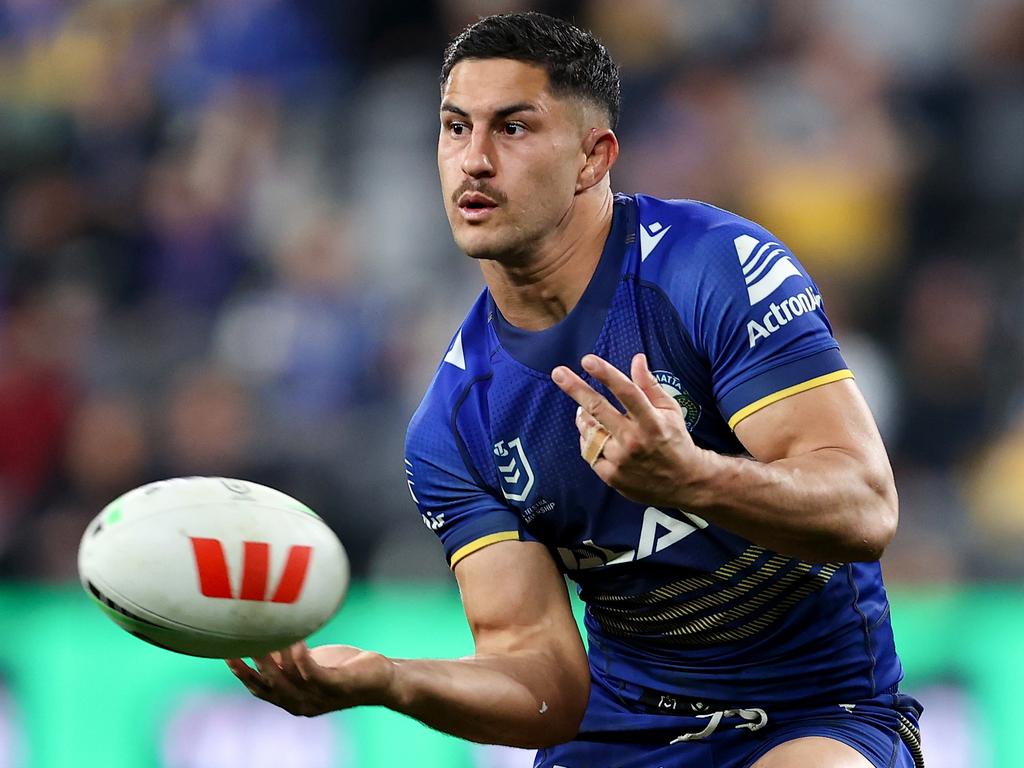
Newcastle’s pitch to Brown began in the office of Knights coach Adam O’Brien. Inside the club’s plush centre of excellence in February, Brown and O’Brien sat down for about 30 minutes and talked about the Knights’ plans for the Parramatta five-eighth.
Brown’s visit with the Knights finished with a meal at the The Beach Hotel, with its sweeping views of the famous Merewether Beach.
A trump card was Newcastle hooking legend Danny Buderus.
“We had a dinner,” said Brown’s agent Gavin Orr, brother of Chris.
“They showed clips at the club’s inside cinema. The presentation was outstanding. Danny Buderus did the presentation and he spoke passionately about the club, what Newcastle meant to him, and it was very heartfelt.
“Adam was a straight shooter. He and Brad Arthur (Brown’s former Eels coach) are good mates, they are cut from the same loincloth. Dylan enjoyed Adam’s directness.
“I don’t think anyone could have envisaged the deal the Knights put to Dylan.
“Very few clubs could have beaten what Dylan was already on, so it had to be something extraordinary.”
It was extraordinary. That’s the art of the deal in the NRL, and the dark-arts dance players and clubs perform in the unrelenting tug-of-war for the code’s best talents.
More Coverage
Originally published as Art of the deal: Player agents expose NRL club’s dirty tactics, three mega deals that escaped the squeeze








